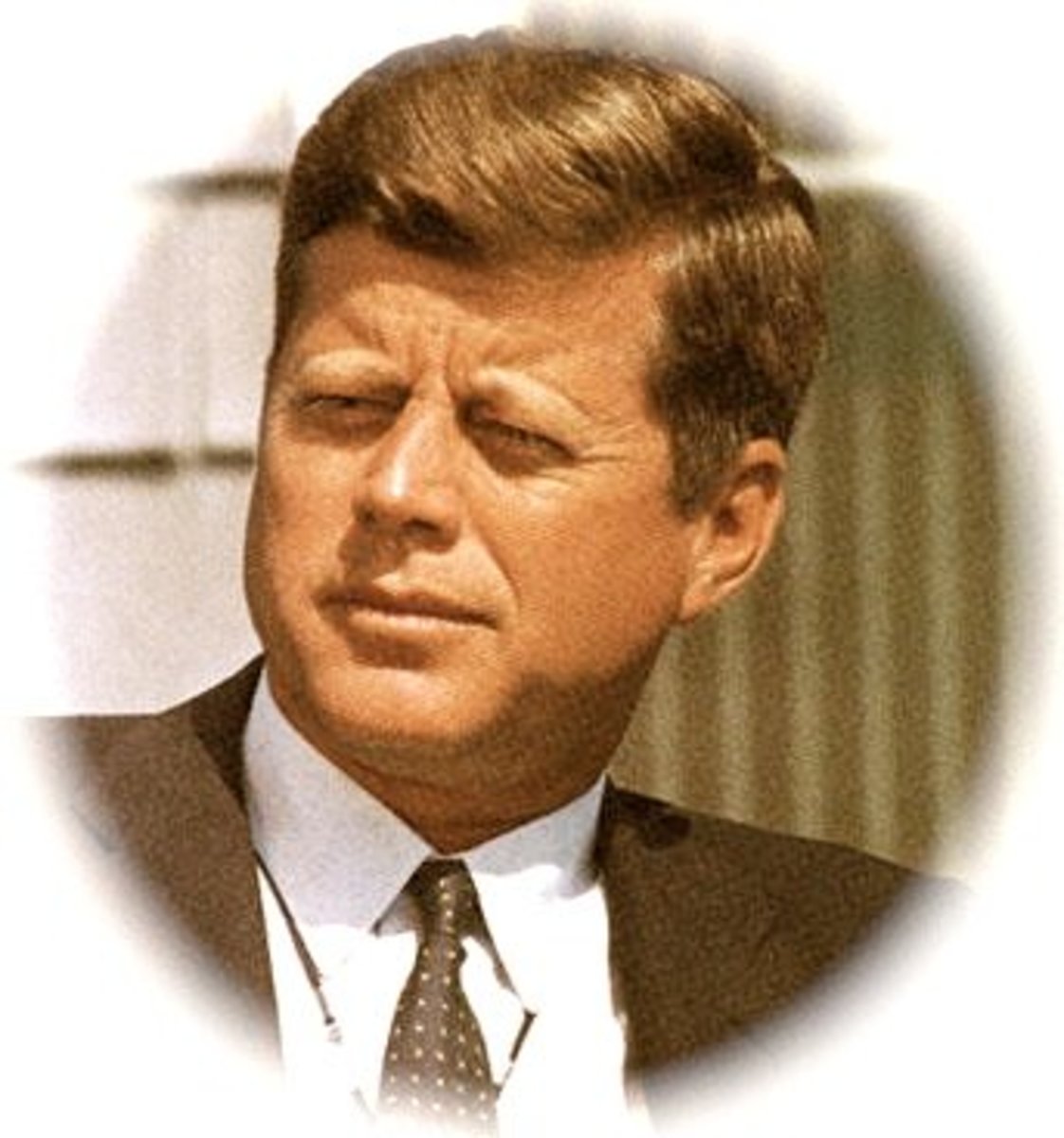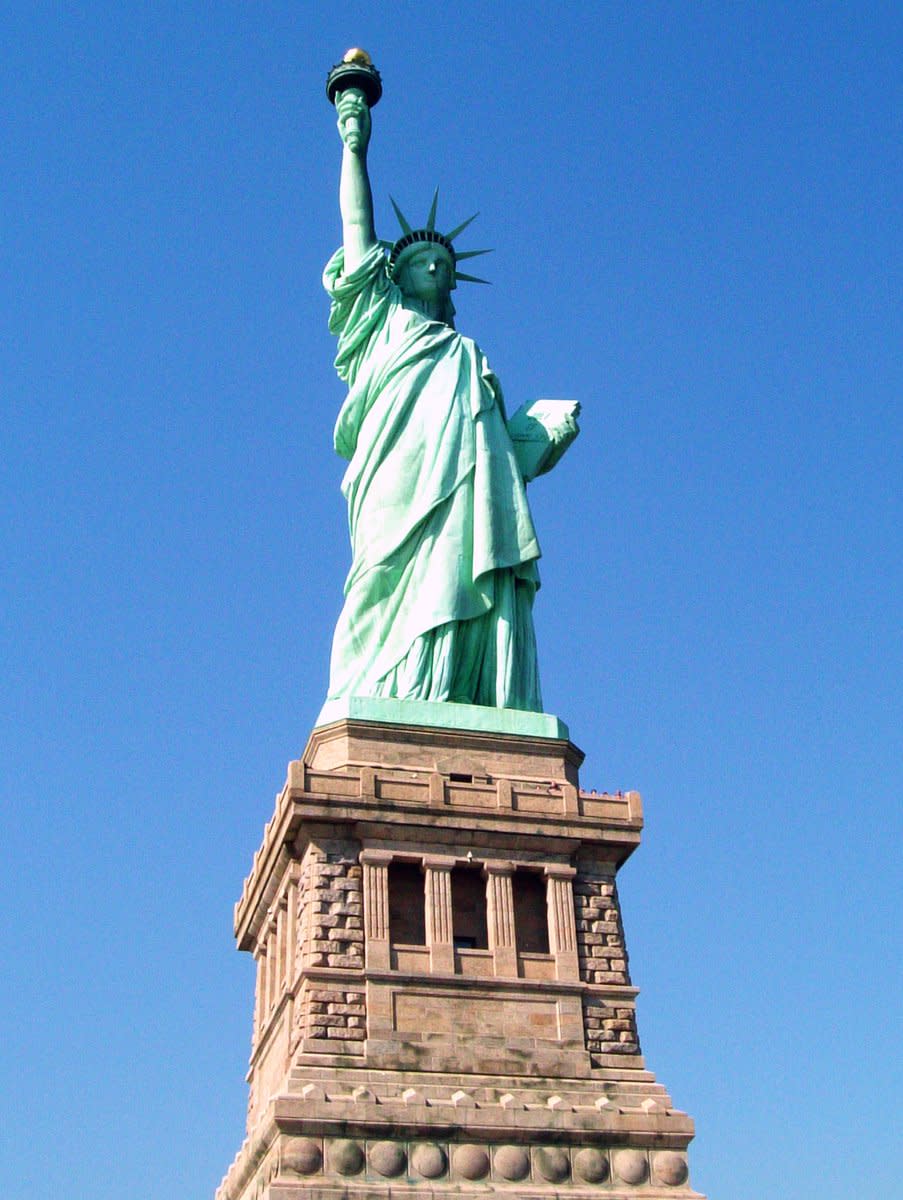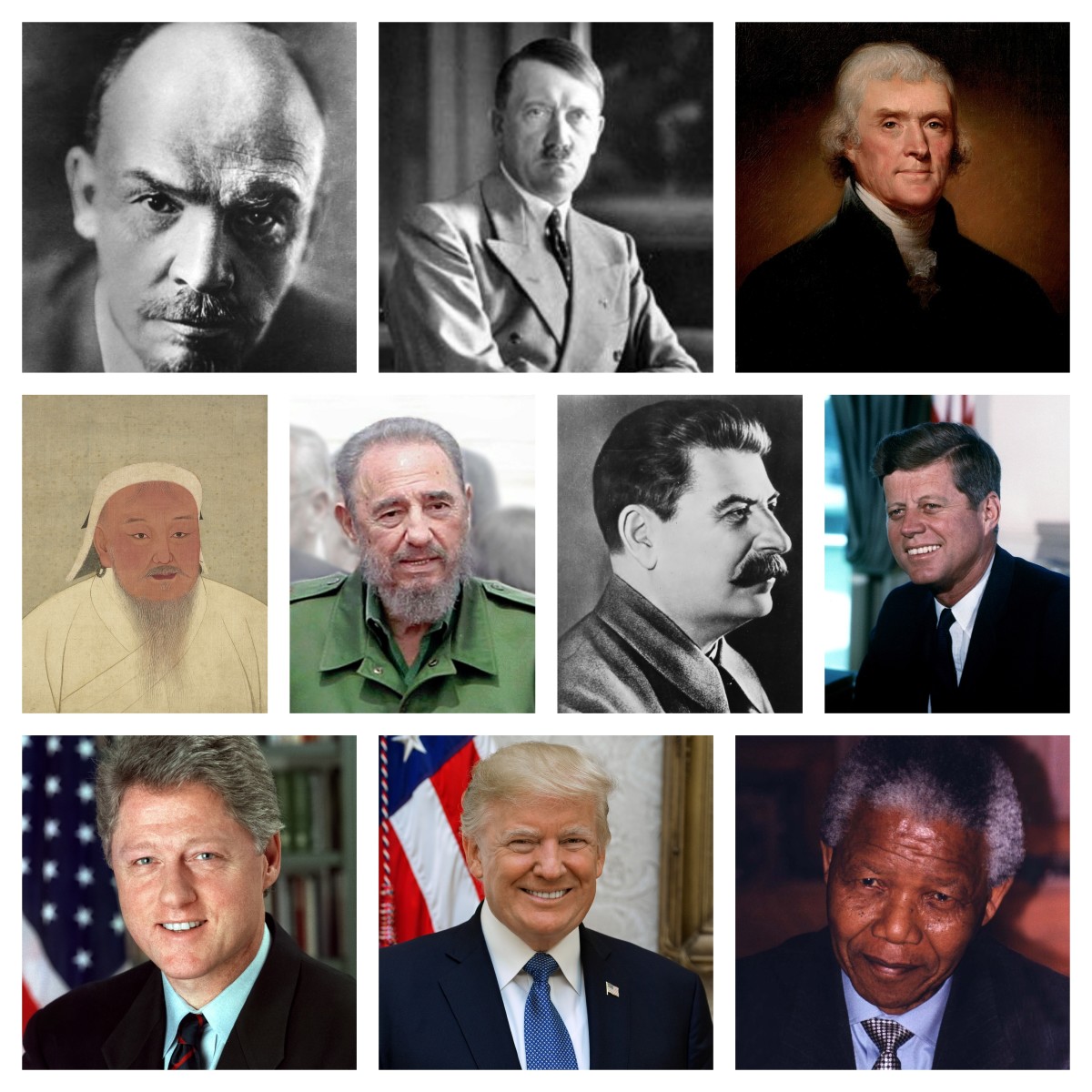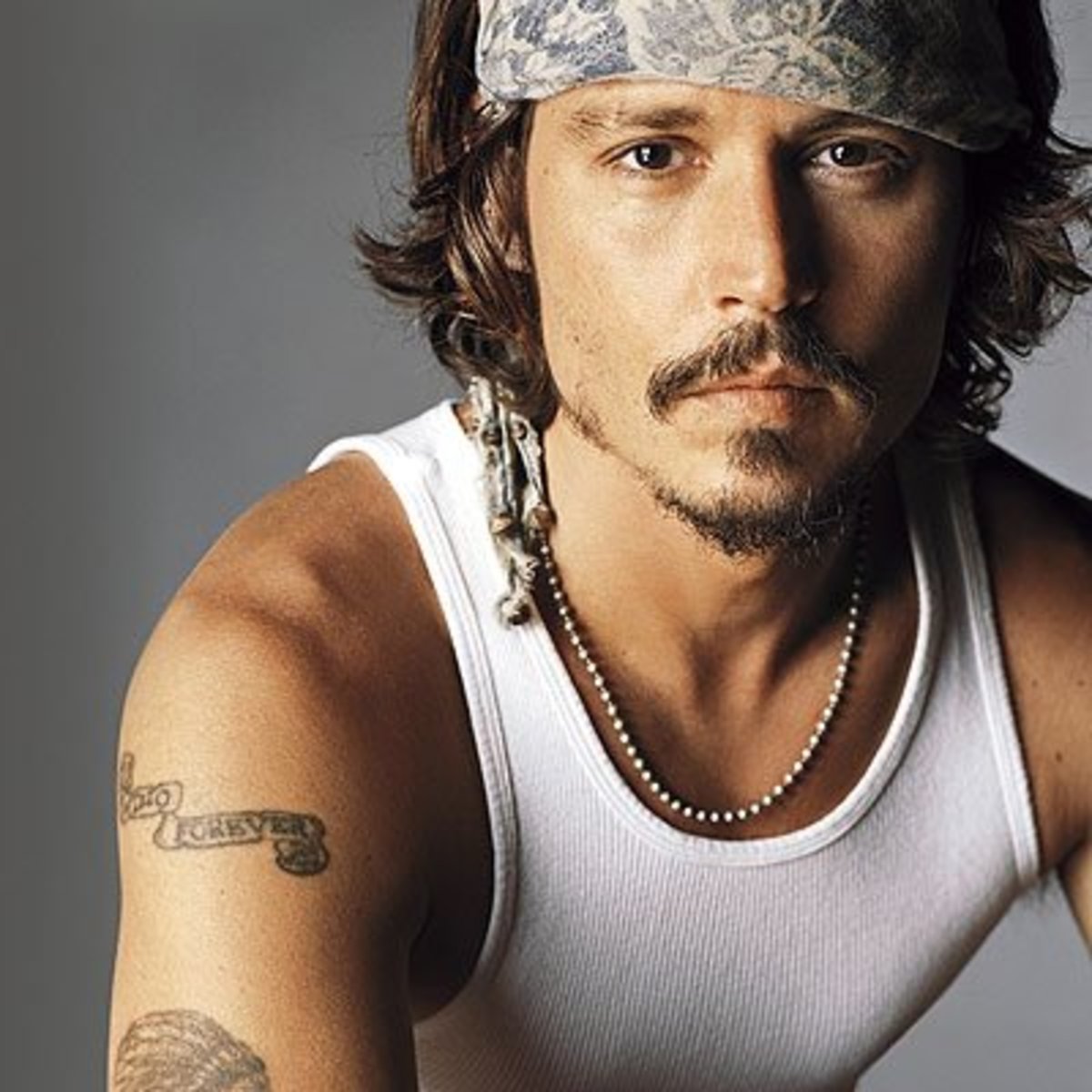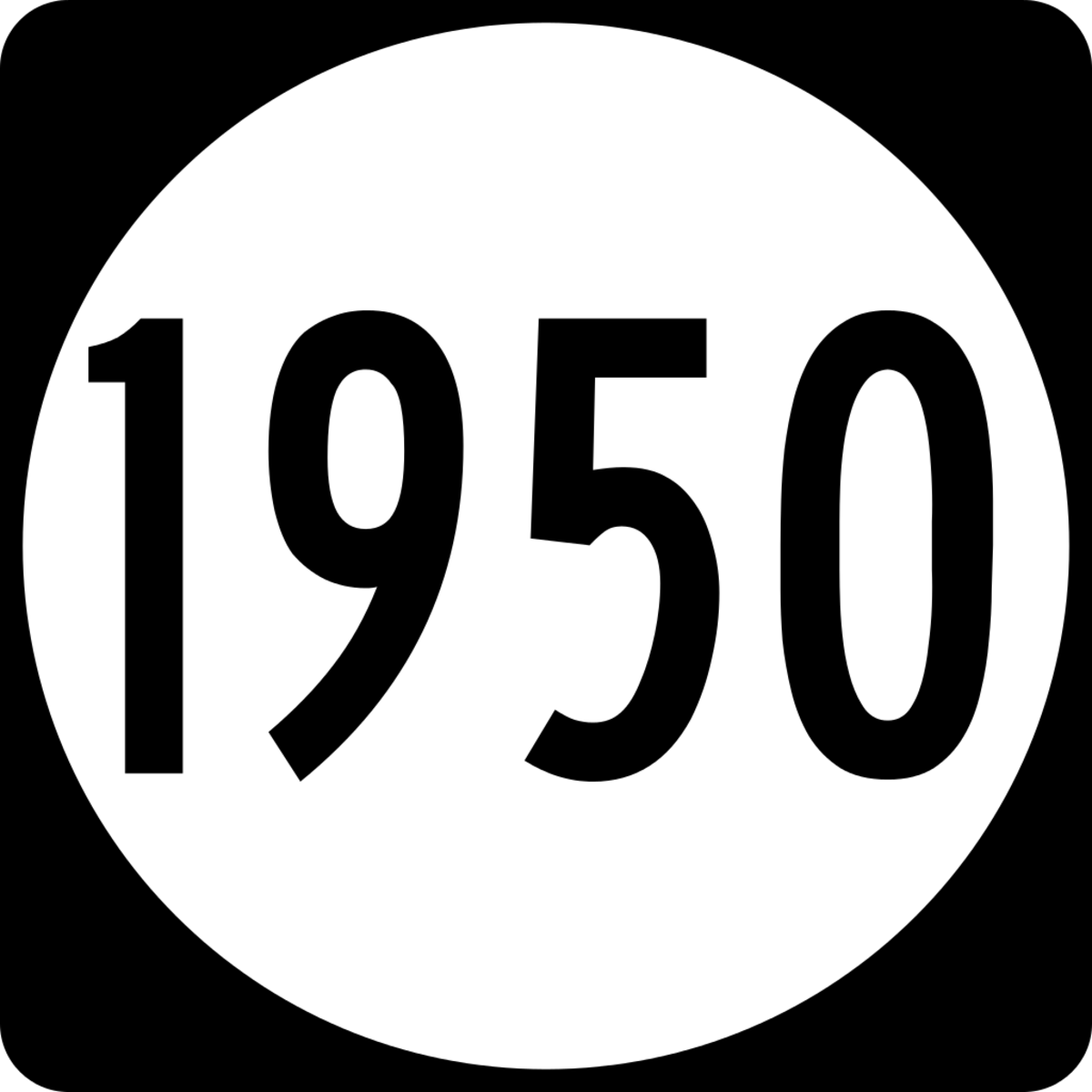- HubPages»
- Education and Science»
- History & Archaeology»
- History of the Modern Era»
- Twentieth Century History
The 1960s: Decade That Changed America Forever
John F. Kennedy at his inauguration in 1961
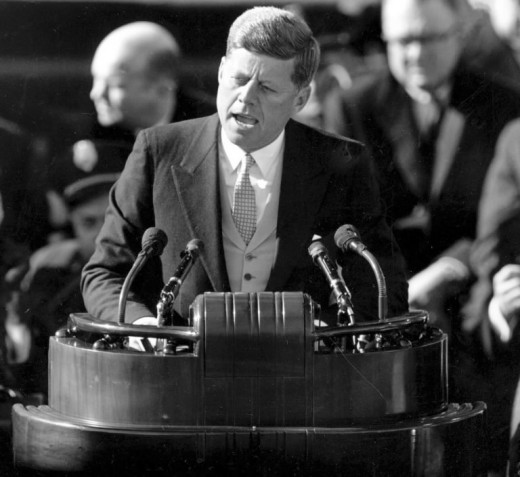
A New Direction
The election of John F. Kennedy as President of the United States in 1960 signaled the beginning of a new era in America. Kennedy was the first president in the 20th century who had been born in the 20th century.
At 43 years of age he was the youngest man ever elected to the nation's highest office and his youthful enthusiasm served as a catalyst to propel the country in a new and exciting direction.
In his presidential inauguration speech in January of 1961 Kennedy presented the nation with a vibrant image that promised a journey that would be adventurous, groundbreaking and revolutionary in a way the country had never seen before.
Kennedy's exuberance set the nation on course to be a trailblazing leader in the modern world that pushed the limits of imagination.
Among his initiatives were the Peace Corps, the signing of a limited nuclear test ban treaty and the President's Council on Physical Fitness that emphasized physical fitness for youth.
Unfortunately, Kennedy did not get to see many of his dreams come to fruition but his ideals and vision for the country served as the platform from which America built
The Beatles
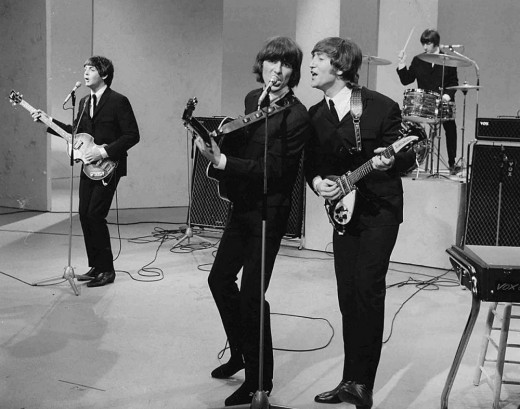
Musical Revolution
The assassination of John Kennedy in late 1963 left the country deflated. Americans felt like they had been kicked in the gut and left breathless. They were in need of a second wind and that wind came in the form of an English invasion called the Beatles.
When the Beatles came to America in February of 1964 they were already an established act in England and Europe. Having toured throughout Germany, France and Great Britain the "mop tops" were a seasoned group when they debuted on the Ed Sullivan Show. Although there was a distinct excitement about their coming to the states no one anticipated the frenzy that would be created.
Rock and Roll had been initiated in the 1950s with artists like Chuck Berry, Elvis Presley, Jerry Lee Lewis and Little Richard who the Beatles idolized and emulated. The Beatles however, put a new sound and look to Rock and Roll and from that point it and music as a whole was never the same.
The Beatles sparked a new form of Rock and Roll. Rock bands became the new sound and look of the rock scene and the British explosion was at the heart of it. Out of the clean cut version of the Beatles, The Dave Clark Five and the original Rolling Stones came hard rock bands like Kiss, Led Zeppelin and Black Sabbath changing the face of music and moving the youth of America into a different era of cultural influence.
But it all started with four clean cut young men from England in 1964.
John Kennedy, Malcolm X, Martin Luther King and Robert Kennedy
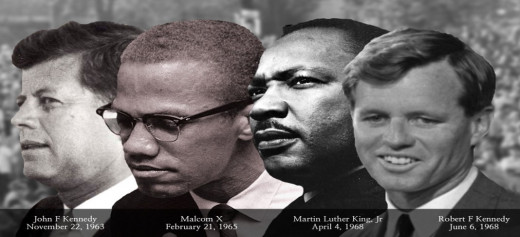
John, Malcolm, Martin and Robert
There should be no doubt in anyone's mind that the 1960s was one of the most violent decades in the history of our nation especially when it came to national figures and leaders.
Four prominent fixtures in American society were gunned down between 1963 and 1968 leaving the country reeling from the effects.
John F. Kennedy, Malcolm X, Martin Luther King Jr. and Robert F. Kennedy were cut down in the prime of their lives and at the height of their popularity and influence.
Only two years after the assassination of John Kennedy the nation received news of the murder of Malcolm X. Although the former spokesman for the Black Muslim Nation of Islam in America was a controversial figure he was a national figure that had great influence over a large segment of the black population in the country.
At the time of his assassination Malcolm X also known as El-Hajj Malik El-Shabazz, was going through a transition in philosophy after a journey to Mecca where he met Muslims of various races which had a dramatic impact on his views and ideology concerning the plight of the African American in the United States.
A little more than three years after the assassination of Shabazz Martin Luther King Jr., the champion for peaceful inclusion of African Americans in American society was shot and killed once again leaving America in a state of shock as another one her great leaders met with an untimely and tragic end.
Two months later as America was trying to recover from the killing of King, Robert F. Kennedy, a candidate for president, was shot and died the following day.
In four and one half years four national leaders had been shot and killed in America leaving many to wonder if we had become a society of barbarians.
The deaths of these four men without question changed the political, social, societal and financial landscape of America in ways we can only imagine.
Where would we be and what would our society be like if these men had been allowed to live?
Martin had a dream as did John, Robert and yes Malcolm.
Landing On The Moon In 1969
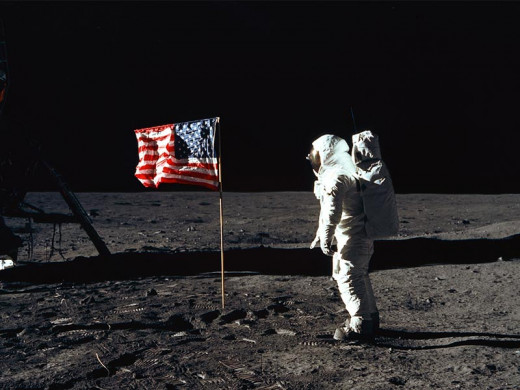
Technological Explosion
In his 1961 inauguration address newly elected president John Kennedy talked about being the first nation to go to the moon by the end of the decade. It was his vision for America to lead the world in technology and scientific advancement and become the benchmark for all other nations to follow.
He would have been proud.
In 1969 on the eve of a new decade President Kennedy's dream was realized when the United States became the first, and to this day the only country to place a man on the moon.
This feat demonstrated the scientific possibilities and capabilities that existed in the nation and uncovered the realities of what we could accomplish in the world of science.
That trip and subsequent trips to the moon sparked a technological explosion that had not been seen in America since the industrialization of the country that occurred early in the 20th century.
The computer systems that guided the mission were seen as having practical use in everyday life. Soon similar computer banks began to appear in private industry. Space age metals were developed that could withstand intense treatment as a result of the space program's discoveries.
Transistors and miniature circuit boards had already been around for some years but the advancements enabled those designs to be modified and made even smaller and more powerful.
As the wave of technology grew it was not long before these modern marvels began to make their way into American homes.
Crude and rather large computers became available to consumers in the retail market along with other innovations like the microwave oven. Soon everyday Americans were enjoying some of the technological gadgets only afforded to major corporations or the wealthy.
Putting a man on the moon changed America in much the same way as the light bulb, the automobile, the telephone and the airplane had changed the way Americans lived 70 years earlier.
The second technological boom of the century was in full swing and it started with "one small step for man" turning into "one giant leap for mankind."
Bob and Carol, Ted and Alice
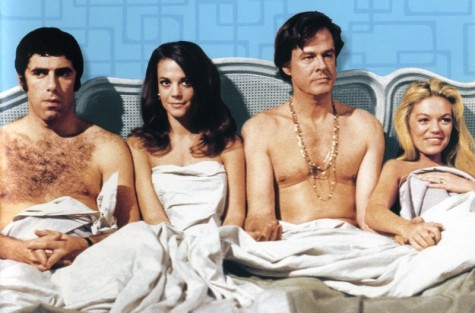
Sexual Revolution
The escalation of the Vietnam War created social turmoil in America. As more and more American soldiers were shipped off to Vietnam and killed citizens began to protest against the war in the streets of the nation.
Sentiment was high against the war. Many Americans were outraged at President Lyndon Johnson's steady increase of troops in Southeast Asia. When John Kennedy took office in 1961 there were 3200 American advisors in Vietnam. By 1966 there were more than 385,000 troops stationed there.
Americans were incensed.
Protests were held around the country. American flags were burned along with draft cards. Never before had the citizenry of America rose up in opposition to the government in this manner.
Out of this anti-war movement came the love movement espousing peace, harmony and love for one's fellow man. It wasn't long before peace rallies began to take the place of anti-war rallies. Peace signs began to replace protest signs and love was the message of the day.
Mixed together with both these demonstrations was an anti-establishment message that encouraged the youth generation to reject the traditional path of their parents and move in a different direction that brought peace instead of war, tranquility instead of stress and joy instead of depression.
Young people were encouraged to turn on (drugs), tune out (their parents) and free love whomever they chose.
Festivals celebrating peace started being held in cities across the nation. These festivals were particularly present in southern California where the hippie movement is presumed to have begun. At these festivals drugs, music and sex were plentiful.
Youth were told to let their hair down, relax and just enjoy themselves and they did.
Many of the festivals like the infamous Woodstock held in the Catskills of Bethel, New York, lasted for several days where people engaged in drugs, sex and listened to music. The free-living, lovemaking mindset that developed during this time precipitated what would later be called the sexual revolution.
Part of the philosophy of rejecting societal norms was to engage in nontraditional relationships. Marriage was seen as "square" and not "hip". Being with just one person was viewed as restrictive and boring. As a result experimentation was in and traditionalism was out.
Love the one you're with became the anthem of the time.
From this came a population explosion of babies conceived out of wedlock. The resulting consequence was a dramatic rise in the number of abortions in the country. In fact, abortion became big business. Abortion clinics started to pop up in cities across America. So many abortions were occurring in America that controversy over its legality developed which ended in the Roe versus Wade Supreme Court decision which legalized abortion.
As a result the whole culture of the society changed. Movies, television, music and even advertisements took on a more sexual tone. What had only been discussed in private was now out in the open.
The cat was out of the bag and it was never going back in again.
A new day had dawned in America and sex was an integral part of it.
Kennedy Inauguration Speech 1961 (the beginning)
Apollo Moon Landing (the end)
Do you think the 1960's was the most revolutionary decade of the modern era (1900 - present)?
The Final Analysis
From beginning to end the 1960s was probably the most dynamic, turbulent, tragic but exciting decade of any in American history.
No other decade comes to mind that had the dramatic changes and emotional dynamics that were present in the 60's.
The inventions, discoveries, music and societal evolution that occurred during that time are incomparable to any other time period.
All the way from Kennedy's stirring speech at the beginning of the age until the moon landing seen around the world the 1960s are unparalleled in the annals of the history of this great nation.


